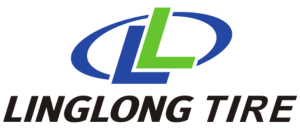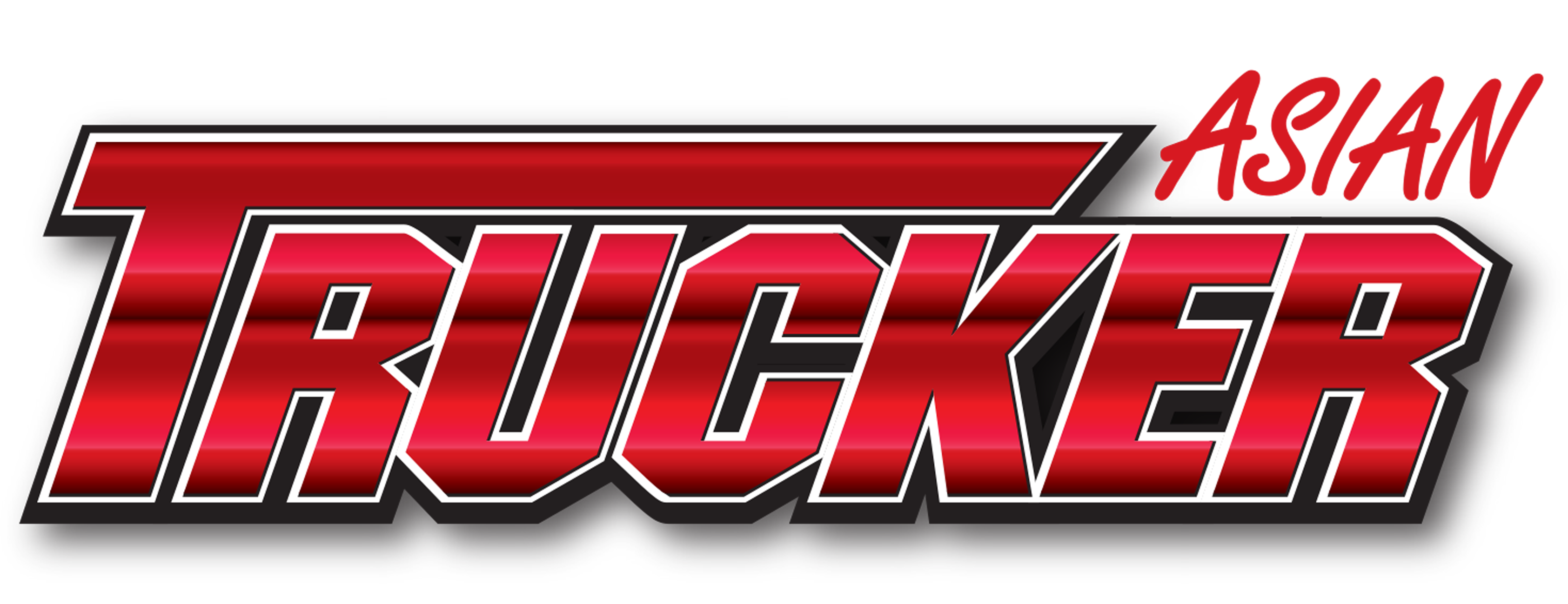Top Tire Review: Optimal Tire Pressure For My Car

Introduction
The optimal tire pressure for your vehicle is an important aspect of maintenance that is often overlooked. As a crucial factor influencing your car’s fuel efficiency, safety, and performance, it is essential to regularly check and maintain the right tire pressure. This article, titled “What Tire Pressure is Suitable for My Car,” is your comprehensive guide to understanding, checking, and maintaining the correct tire pressure for your vehicle.
Tire pressure refers to the amount of air in your car’s tires, typically measured in pounds per square inch (PSI) or bar. Having the right amount of air ensures that your tires are not only safe but also provides the best balance of comfort, performance, and fuel efficiency.
Driving with the wrong tire pressure can lead to a variety of problems. Overinflation can result in a harsh ride and increased wear in the middle of the tire, while underinflation can cause your vehicle to consume more fuel and wear the tires out more on the edges. Both scenarios can also lead to a blowout, which can be dangerous, especially when driving at high speeds.
In this article, we will guide you through the basics of tire pressure, help you understand the recommended tire pressure for your car, explain the risks associated with incorrect tire pressure, and provide a step-by-step guide on how to check and adjust your tire pressure. We’ll also share some tips on maintaining the optimal tire pressure and answer frequently asked questions.
So, if you have ever asked yourself, “What tire pressure is suitable for my car?” read on to find out everything you need to know about your car’s tire pressure. Let’s start by understanding the basics of tire pressure in the next chapter.
The Basics of Tire Pressure
Tire pressure is an integral part of your vehicle’s safety and performance. But what exactly is tire pressure, and why is it so important?
Understanding Tire Pressure
Tire pressure is the measure of the amount of air in a vehicle’s tires, in terms of pounds per square inch (PSI) or bar. This is not a constant figure; various factors such as temperature, load, and driving style can cause tire pressure to fluctuate.
Why is Tire Pressure Important?
Tire pressure significantly impacts your car’s performance, fuel efficiency, and safety. Here’s how:
- Performance: Proper tire pressure ensures the vehicle handles as it should, providing optimal grip and braking performance. Underinflated tires can make steering feel heavy, while overinflated ones might make your car bounce on the road.
- Fuel Efficiency: Correct tire pressure reduces rolling resistance, which helps your vehicle run more efficiently. Underinflated tires, on the other hand, can increase fuel consumption because your car has to work harder to move.
- Safety: Overinflated tires can lead to reduced traction, poor handling, and increased wear and tear, while underinflated ones can cause tires to overheat and increase the risk of a blowout. Both scenarios can significantly compromise your safety on the road.
- Tire Lifespan: Maintaining the recommended tire pressure extends the life of your tires by ensuring even tire wear. Both overinflation and underinflation can cause uneven tread wear, leading to a need for premature replacement
Now that you know what tire pressure is and why it’s so important, the next question is, “What is the right tire pressure for my car?” Let’s answer that in the next chapter, where we’ll guide you on how to find your vehicle’s recommended tire pressure.
How to Find the Recommended Tire Pressure for Your Car
Knowing the right tire pressure for your vehicle is crucial for safe and efficient driving. This recommended pressure is determined by the car’s manufacturer and varies based on the make, model, and sometimes even the year of your vehicle.
Where to Find Your Car’s Recommended Tire Pressure
There are a few places where you can find the recommended tire pressure for your car:
- Owner’s Manual: The first and most accurate source is the owner’s manual that comes with your vehicle. It contains the manufacturer’s specific recommendations.
- Driver’s Side Door Placard: Often, you’ll find a sticker or placard on the inside edge of the driver’s side door or the doorpost. This placard also lists the manufacturer’s recommended tire pressure.
- Inside the Fuel Door or the Glove Box Door: In some vehicles, the tire pressure information can be found inside the fuel door or the glove box door.
Remember that the recommended tire pressure may vary for the front and rear tires, especially in performance cars or vehicles with larger rear tires.
Understanding the Tire Pressure Table
To help you further, we have put together our own compilation of all the OE recommended tire pressure table. This table provides a range of recommended tire pressures based on your specific car & tire size.
| Car | Tyresize | Pressure |
|---|---|---|
| 2022 Hyundai Lafesta EV | 225/45 R17 91V | 2.3 bar / 33 psi |
| 2021 Volvo XC60 2.0 T8 | 235/55 R19 101W | 2.4 bar / 35 psi |
| 2021 Volvo XC60 2.0 T6 | 235/60 R18 103V | 2.4 bar / 35 psi |
| 2021 Volvo XC60 2.0 T5 | 235/60 R18 103V | 2.4 bar / 35 psi |
| 2021 Volvo XC40 EV | 235/60 R17 102V | 2.3 bar / 33 psi |
| 2021 Volvo XC40 2.0 T5 | 235/60 R17 102V | 2.3 bar / 33 psi |
| 2021 Volvo XC40 2.0 T4 | 235/60 R17 102V | 2.3 bar / 33 psi |
| 2021 Volvo V90 Cross Country 2.0 T6 | 235/50 R19 99V | 2.4 bar / 35 psi |
| 2021 Volvo V90 Cross Country 2.0 B5 | 235/55 R18 100V | 2.4 bar / 35 psi |
| 2021 Volvo V90 Cross Country 2.0 B4 | 235/55 R18 100V | 2.4 bar / 35 psi |
Please note that these figures are general recommendations and are in PSI (pounds per square inch). Also, these are cold tire pressures, meaning they should be checked and set when the tires have not been driven on for at least three hours.
Understanding Tire Pressure Numbers
The recommended tire pressure numbers represent the amount of air pressure, measured in PSI or bar, that your tires need to function optimally. If the number is higher for the front tires, this is usually because the engine, which is the heaviest part of the car, is located at the front, putting more weight on the front tires.
Now that you know where to find the recommended tire pressure for your vehicle and how to read the numbers, it’s time to understand the risks associated with incorrect tire pressure. Stay tuned for the next chapter where we delve into the dangers of overinflation and underinflation.
The Dangers of Incorrect Tire Pressure
Maintaining the correct tire pressure isn’t just a matter of performance and fuel efficiency—it’s also a vital safety concern. Incorrect tire pressure, whether too high or too low, can lead to reduced vehicle control and even catastrophic tire failure. In this chapter, we’ll explore the impacts and potential dangers of both overinflation and underinflation.
The Impacts of Overinflation
Overinflation occurs when your tires are filled beyond the manufacturer’s recommended PSI. While it might seem like a good idea to pump up your tires a little extra for improved fuel efficiency, overinflation can cause several issues:
- Reduced Traction: Overinflated tires have less contact with the road surface, which can lead to reduced traction and an increased risk of skidding, especially in wet conditions.
- Harsher Ride: Overinflated tires can result in a less comfortable, bumpier ride. The excess pressure makes the tire stiff and unyielding, leading to every bump and pothole being felt more intensely.
- Increased Wear and Tear: The reduced surface contact also means that the center of the tire’s tread bears most of the burden, leading to increased and uneven wear in this area. This can shorten the tire’s lifespan.
- Increased Risk of Blowouts: Overinflated tires are more susceptible to damage from road hazards like potholes and debris. The excess pressure can cause the tire to explode if it encounters a sharp object or severe impact.
The Impacts of Underinflation
Underinflation, on the other hand, is when your tires don’t have enough air pressure. This is the most common tire pressure issue, and it brings its own set of risks:
- Increased Fuel Consumption: Underinflated tires have more surface contact with the road, which creates more resistance and makes your car work harder. This results in higher fuel consumption.
- Poor Handling: Low tire pressure can make your car feel sluggish and unresponsive. It can also cause your vehicle to understeer, which means the car tends to continue straight even when you turn the wheel.
- Overheating and Blowouts: Underinflated tires flex more, which generates heat. Excessive heat can cause the tire to degrade and even lead to a blowout, especially when driving at high speeds for prolonged periods.
- Uneven Tire Wear: Just as overinflation leads to wear in the center of the tire, underinflation results in increased wear on the outer edges. This uneven wear can shorten the lifespan of your tire.
Now that you know the risks associated with incorrect tire pressure, it’s time to learn how to ensure your tires are correctly inflated. In the next chapter, we’ll provide a step-by-step guide on how to check and adjust your car tire pressure.
How to Correctly Check and Adjust Your Car Tire Pressure
Maintaining the correct tire pressure is not a daunting task. It’s a simple process that requires a tire pressure gauge and an air compressor, both of which are easily available. Let’s break down the process step by step:
Checking Your Car Tire Pressure
- Wait for the Tires to Cool Down: It’s essential to check your tire pressure when the tires are cold, as heat from driving can increase the pressure inside the tire. Ideally, wait at least three hours after driving before you check the tire pressure.
- Locate Your Tire’s PSI: Find the recommended tire pressure for your vehicle on the inside of the driver’s door or in the owner’s manual.
- Remove the Valve Cap: The valve cap is the small plastic cap on your tire’s valve stem. Twist it counterclockwise to remove it.
- Check the Pressure: Push the tire pressure gauge onto the valve stem. The gauge will pop up and show a reading of the pressure.
- Compare with Recommended PSI: If the PSI is above or below the recommended level, you’ll need to adjust it.
Adjusting Your Car Tire Pressure
- Find an Air Compressor: You can find air compressors at most gas stations or you can purchase a portable one for home use.
- Inflate the Tire: Attach the hose of the air compressor to the tire’s valve stem. Turn on the compressor to inflate the tire. Periodically check the pressure with your gauge until the PSI is at the recommended level.
- Deflate if Overfilled: If you overfill the tire, you can release some air by pressing the small stem in the center of the valve with the tip of the gauge, a fingernail, or a pointed object.
- Replace the Valve Cap: Once your tire pressure is at the recommended PSI, ensure to replace the valve cap to keep out dirt and moisture.
Repeat these steps for all your tires, including the spare if you have one. Remember to check your tire pressure at least once a month and before long trips.
Now that you know how to check and adjust your tire pressure, the final piece of the puzzle is to learn how to maintain it. We’ll cover this in the next chapter, where we’ll share some valuable tips for maintaining optimal tire pressure.
Tips for Maintaining Optimal Tire Pressure
Maintaining optimal tire pressure doesn’t have to be a strenuous task. With these easy-to-follow tips, you can ensure your tires stay at their recommended pressure:
- Check Tire Pressure Regularly: Make it a habit to check your tire pressure at least once a month and before long trips. Remember, tire pressure should be checked when the tires are cold.
- Consider Seasonal Changes: Temperature changes can affect tire pressure. A drop in temperature can cause a drop in tire pressure, while an increase in temperature can raise it. Be extra vigilant during seasonal changes.
- Don’t Forget the Spare: If your vehicle comes with a spare tire, remember to check its pressure as well. There’s nothing worse than finding your spare is flat when you need it the most.
- Monitor Tire Wear: Regularly inspect your tires for uneven wear patterns, cuts, cracks, or bulges. These can indicate issues with tire pressure, alignment, or suspension — all of which can affect tire pressure.
- Invest in a Good Tire Pressure Gauge: While many vehicles come with a tire pressure monitoring system (TPMS), having a manual tire pressure gauge can give you a more accurate reading.
The Impact of Tire Pressure on Driving Experience
Having the correct tire pressure contributes significantly to a smooth and comfortable driving experience. When your tires are at their optimal pressure, your car handles better, it’s safer, and you experience a smoother ride. Let’s delve deeper into these benefits:
- Improved Handling: Tires inflated to the correct pressure respond better to steering and stopping. This results in improved handling, better control, and a safer driving experience.
- Comfortable Ride: Correct tire pressure provides a smoother ride as it allows the tire to flex appropriately, absorbing bumps and road imperfections.
- Reduced Noise: Optimal tire pressure can also reduce road noise. Both overinflated and underinflated tires can increase tire noise, leading to a louder ride.
- Prevents Premature Wear: Correct tire pressure helps ensure even tire wear, which prevents you from having to replace your tires prematurely.
In the next chapter, we will conclude this comprehensive guide, summarizing the importance of maintaining the correct tire pressure.
Conclusion
Keeping your car’s tire pressure at the recommended level is an essential aspect of vehicle maintenance. As we’ve explored throughout this guide, maintaining the correct tire pressure not only improves your car’s fuel efficiency and extends the lifespan of your tires but is also crucial for safe driving.
Incorrect tire pressure can lead to various problems, from reduced performance and increased fuel consumption to a higher risk of blowouts. Therefore, it’s vital to check your tire pressure regularly, at least once a month, and before long trips. Don’t forget to also check your spare tire if you have one.
Remember, the optimal tire pressure for your car is specified by the vehicle manufacturer and can usually be found in the owner’s manual, on the driver’s side door placard, or inside the fuel door or the glove box door.
In conclusion, understanding and maintaining the right tire pressure for your vehicle is a simple yet crucial task. So make it a part of your regular vehicle maintenance routine. It’s a small step that goes a long way in ensuring a safer and more efficient driving experience.
Frequently Asked Questions About Tire Pressure
To wrap things up, let’s go over some of the most frequently asked questions about tire pressure.
Q: How often should I check my tire pressure?
A: It’s recommended to check your tire pressure at least once a month and before going on long trips.
Q: Does tire pressure affect fuel economy?
A: Yes, underinflated tires can increase your car’s rolling resistance, which means your vehicle has to work harder to move, thus using more fuel.
Q: What should I do if the TPMS warning light comes on?
A: If your TPMS warning light comes on, it means that one or more of your tires may be significantly underinflated. You should check your tire pressure as soon as possible and inflate the tires as necessary.
Q: What’s the best time to check tire pressure?
A: The best time to check tire pressure is when the tires are cold, as driving heats up the tires and increases the pressure. This means you should check the pressure before driving or at least three hours after driving.
Q: Can I use the maximum PSI on my tire’s sidewall?
A: No, the maximum PSI listed on the tire’s sidewall is the maximum pressure the tire can hold under maximum load, but it is not necessarily the optimal pressure for everyday driving. Always follow the manufacturer’s recommended PSI for the best balance of performance, efficiency, and safety.
Credit: Dr Edwin Pang, original website from Tire Review: https://toptirereview.com/what-tire-pressure-is-suitable-for-my-car/


























